How to Get Rid of Ants in Your Lawn: A Complete Guide
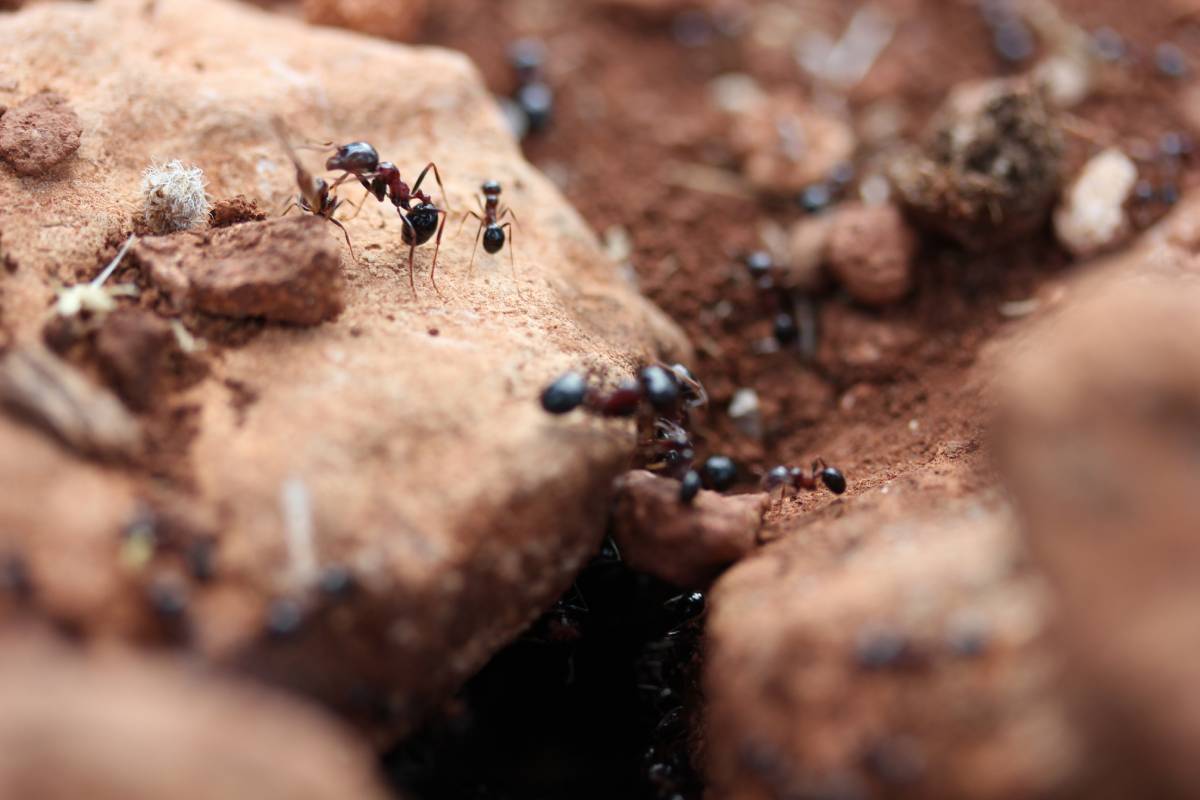
Ants are common backyard visitors, but when they start invading your lawn in large numbers, creating unsightly mounds and potentially damaging your grass or even biting your family and pets, it becomes a problem. While ants play a beneficial role in the ecosystem by aerating soil and feeding on pests, a lawn teeming with ant hills is neither comfortable nor attractive.
If you’ve spotted these tiny intruders crawling across your yard or forming nests in your soil, you’re not alone. Many homeowners struggle with lawn ant infestations. Fortunately, there are effective ways to get rid of ants without damaging your grass or the environment.
In this guide, we’ll cover:
- Why ants appear in your lawn
- How to identify ant infestations
- Natural remedies to try
- Chemical treatments when needed
- Preventative measures to keep ants away
Why Are Ants in Your Lawn?
Before diving into solutions, it’s helpful to understand why ants choose to live in your yard. Ants settle where food, moisture, and shelter are readily available.
Common reasons ants are attracted to your lawn include:
- Loose, dry, or sandy soil: Easy to tunnel through and build nests
- Abundant food sources: Aphids on plants or dropped food (especially sugary or greasy substances)
- Shelter from predators: Lawns provide a safe haven
- Lack of competition or natural predators
Not all ants cause harm, but certain species like fire ants or Argentine ants can be aggressive, and others can foster aphid infestations, which damage grass and plants.
Signs of an Ant Infestation in the Lawn
Here’s how to tell if ants are becoming a problem in your yard:
- Visible Ant Trails – You might notice lines of ants marching in and out of your yard, especially early morning or late afternoon.
- Soil Mounds or Anthills – Raised mounds of loose soil can damage grass and make mowing difficult.
- Patchy Grass or Dead Spots – In some cases, underground nests disturb the grass roots.
- Increased Aphids or Plant Damage – Ants often farm aphids for honeydew.
- Ant Bites or Stings – If your kids or pets come inside with painful welts, it could be fire ants.
Natural Ways to Get Rid of Ants in Your Lawn
If you prefer an eco-friendly approach, try these natural remedies first:
1. Boiling Water
Pouring boiling water directly onto the ant hill is an immediate way to kill the colony. It’s best done early in the morning when most ants are inside. You may need to repeat this a few times.
Caution: Boiling water may kill nearby grass, so use it carefully and avoid large-scale applications.
2. Vinegar Solution
A 50/50 mix of white vinegar and water can disrupt the scent trails ants rely on and kill ants on contact. Spray it directly on trails and hills.
This solution is also helpful around garden edges and driveways to deter ants from entering.
3. Dish Soap & Water
Dish soap suffocates ants by breaking down their waxy coating. Mix 2 tablespoons of liquid dish soap with 1 litre of water and spray directly into the mound or trails.
4. Diatomaceous Earth (DE)
DE is a fine powder made from fossilised algae that kills ants by dehydrating them. Sprinkle food-grade DE around anthills and in areas of activity.
Note: DE only works when dry, so reapply after rain or watering.
5. Cinnamon, Cayenne Pepper, or Coffee Grounds
These common kitchen ingredients can repel ants naturally. Sprinkle them around anthills or ant trails. They won’t kill the ants but will disrupt their movement and nesting patterns.
Biological Solutions: Let Nature Help
Encouraging natural predators can help reduce ant populations:
- Birds: Attract birds by installing feeders or bird baths
- Nematodes: These microscopic worms prey on ant larvae underground
- Ladybugs and Lacewings: They reduce aphid populations, which deters ant interest
Avoid using pesticides that may harm beneficial insects. Striking a balance in your lawn’s ecosystem often prevents ant problems in the first place.
Chemical Treatments for Ants in Lawn
If natural methods aren’t enough, consider chemical options, but use them cautiously.
1. Granular Ant Baits
These slow-acting poisons are carried back to the nest by worker ants, poisoning the queen and the colony from the inside. Spread them around mounds or high-traffic areas.
- Best for large infestations
- Often contain hydramethylnon, abamectin, or boric acid
Tip: Apply during dry weather and avoid mowing for a few days to allow ants time to gather bait.
2. Ant Killer Sprays or Dusts
Spot treatments that kill ants on contact. These are great for small colonies or individual hills.
Look for lawn-safe options labeled for outdoor use, and avoid using too much to prevent harming grass and pollinators.
3. Insecticides for Lawn-Wide Coverage
If the entire lawn is infested, a broadcast insecticide treatment may be needed. Products with bifenthrin, carbaryl, or permethrin are commonly used for lawn pest control.
Always follow label instructions and keep children and pets off the lawn until it’s safe.
Step-by-Step Plan to Eliminate Ants from Your Lawn
Here’s a practical action plan you can follow:
Step 1: Identify Problem Areas
- Walk your yard and flag anthills or trails
- Take note of affected grass patches or areas with high activity
Step 2: Start with Natural Treatments
- Try boiling water or dish soap solution on smaller mounds
- Use DE and repellents around plants and garden beds
Step 3: Introduce Ant Baits
- Apply granular baits around mounds or trails
- Leave them undisturbed for 2–3 days
Step 4: Treat the Lawn if Needed
- For major infestations, apply a broadcast treatment
- Use during dry conditions and keep off-limits to pets/kids for 24–48 hours
Step 5: Monitor and Repeat
- Reassess the situation after one week
- Reapply or escalate treatment if ants persist
Preventing Ants in Your Lawn
Once you’ve evicted your unwanted guests, it’s time to make your lawn less attractive to future colonies.
1. Regular Lawn Maintenance
- Mow frequently to keep grass short
- Dethatch and aerate soil annually
- Water deeply but infrequently to discourage shallow ant nests
2. Remove Food Sources
- Control aphids on nearby plants
- Clean up pet food, crumbs, or fallen fruit
- Secure compost bins and trash cans
3. Keep Edges and Pavers Clean
Ants often build nests along sidewalks and patios. Use vinegar or soapy water to clean and discourage them from entering.
4. Seal Entry Points
If ants are moving from the lawn into your home, seal cracks in foundations, windows, and doors. Use ant barriers around the home’s perimeter.
When to Call a Professional
If you’ve tried all the above and ants still dominate your yard, it may be time to bring in a licensed pest control expert. Professionals can:
- Identify the ant species (important for effective treatment)
- Use stronger, targeted insecticides not available to the public
- Offer follow-up visits and long-term prevention plans
For homeowners in Queensland, SWAT Pest Control Brisbane.com is a trusted local expert that specialises in safe and effective lawn ant treatments. Their team understands the local environment, common ant species in Brisbane, and the best strategies to keep your outdoor spaces ant-free long-term.
Look for pest control companies like SWAT Pest Control Brisbane.com that have experience with outdoor pest management and a track record of eco-friendly solutions to ensure your lawn stays healthy during the process.
Final Thoughts
While ants can be beneficial to the soil, too many in your lawn can lead to frustration, damage, or even painful stings. Fortunately, you have a range of natural and chemical options to get rid of ants without harming your grass or family.
Start small with natural methods, and escalate only if needed. Remember, the key to long-term success is not just removing ants but making your lawn an unwelcome place for them to return.
By staying proactive and maintaining your yard well, you’ll enjoy a lush, ant-free lawn all year round.
Recent Posts
Recent Comments
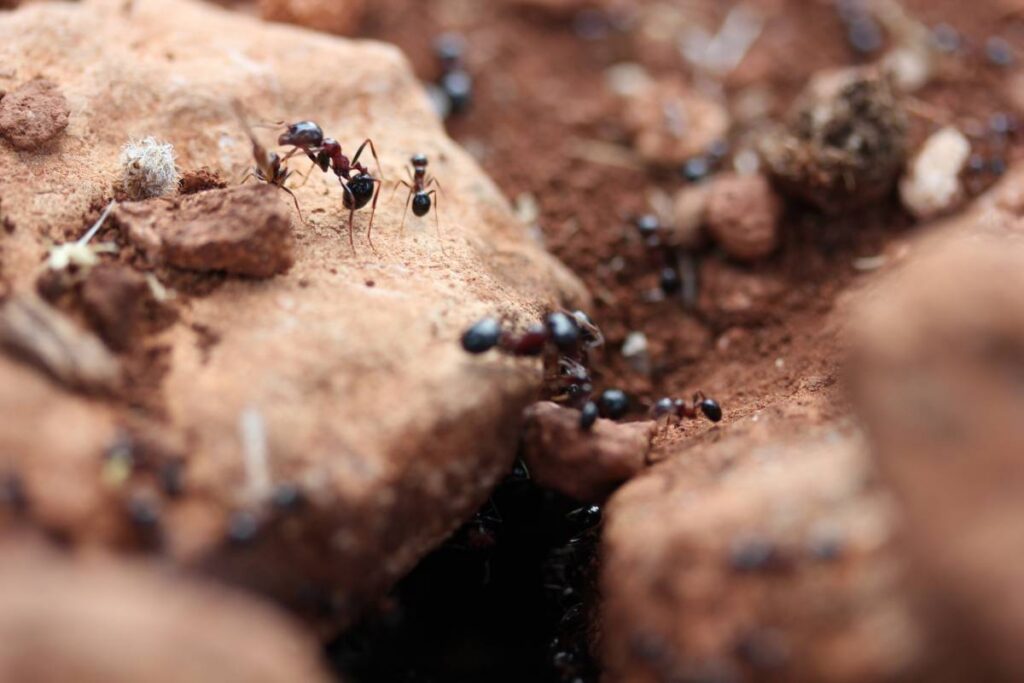
How to Get Rid of Ants in Your Lawn: A Complete Guide
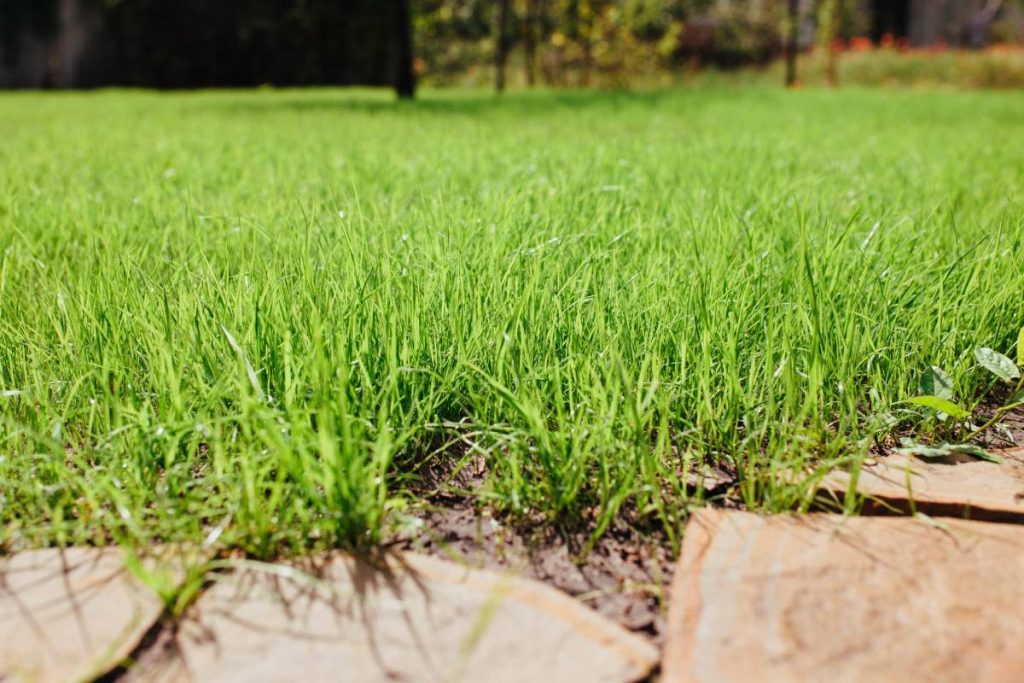
Couch Grass vs. Kikuyu: Effectively Managing Growth in Sydney

Why Does My Wood Floor Feel Hollow? Can I Fix the Hollow Spot in the Wood Floor Myself? How Much Does It Cost to Fix a Hollow Spot in My Wood Floor?
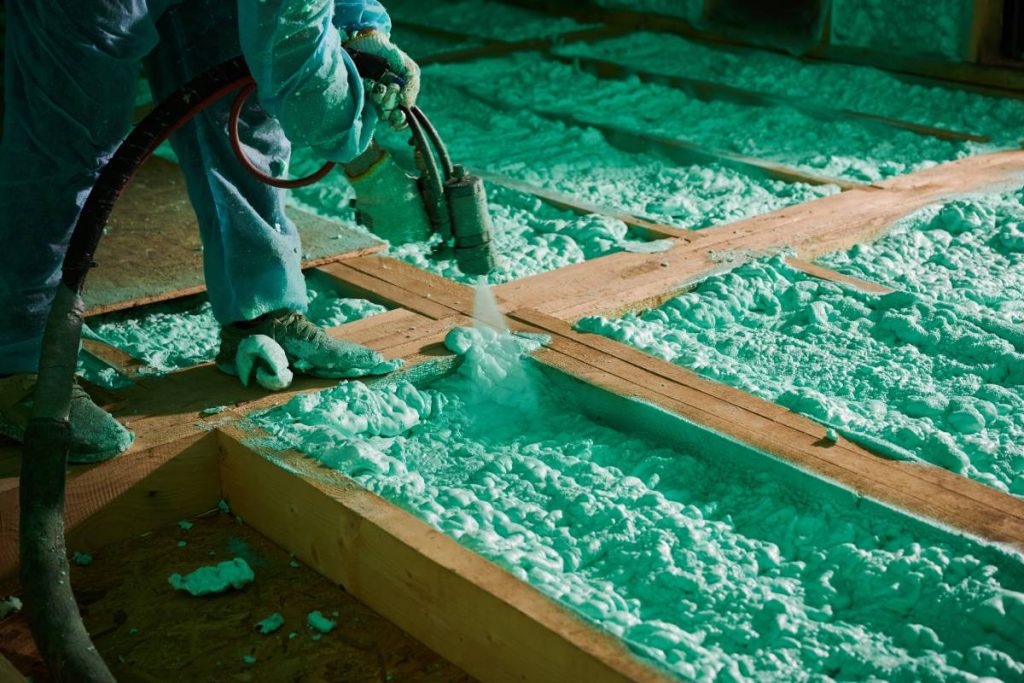
What is spray foam insulation? How much does underfloor insulation cost in Australia?
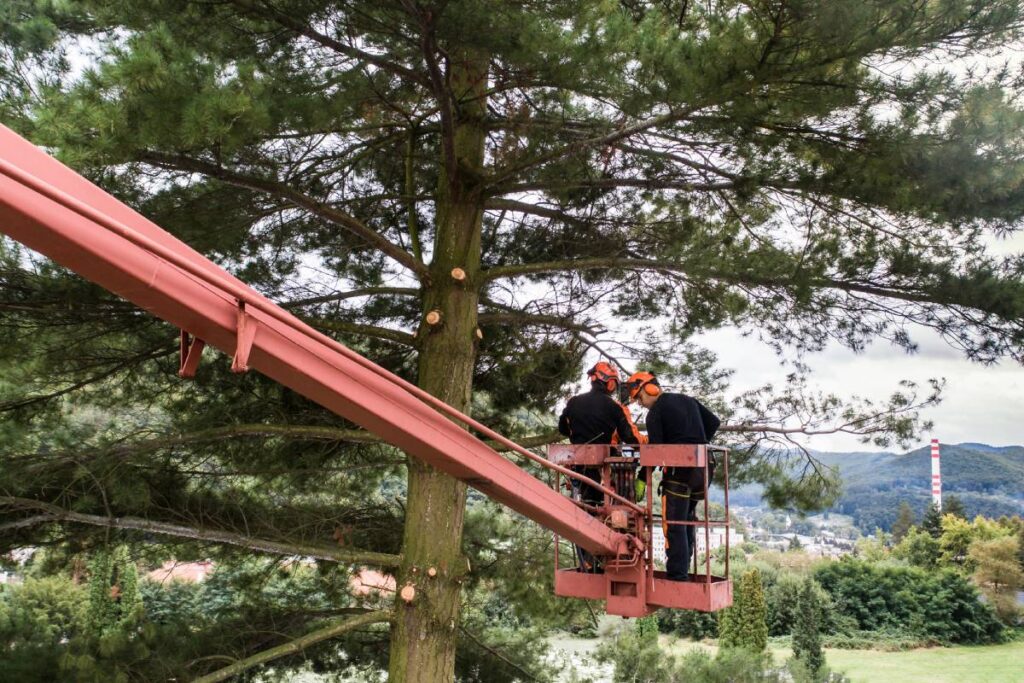
What Are Tree Reductions? What Are the Benefits of Tree Reduction?

Can You Transport Your Yacht Interstate Yourself?

How to Get Rid of Ants in Your Lawn: A Complete Guide


